“We’re back in cattle country,” says Danny Squire, Sutton Park’s senior ranger as he stops his jeep in a woodland clearing. I’m his front seat passenger for the afternoon, surrounded by on-the-job debris: a roll of twine, a ring of countless keys, and multiple pairs of workmen’s gloves, as well as lots of foliage strewn over the jeep’s interior, via one of the vehicle’s open windows. Hardly surprising. We’ve been driving down tracks in ancient woods, only visible to those who know the land, our hairpin turns brushing up against trees.
Being honest, I have no idea where we are. In the thicketed shadows, I thought we were in pony country — ponies graze on certain parts of Sutton Park, cattle on another — but I’ve lost track of our location, as well as what century we are in. History here is as tangled and overgrown as the trails and woods surrounding us. Was the last track we drove down a pasture demarcation line from the 1500s, when Bishop Vesey founded the park? Or was it a half-covered Roman road? We've also passed what I’m told is an old sewer vent, but it looks like the fictional lamppost from the Narnia tales. Maybe the heatwave is getting to me. An eerie looming bough, from ‘Hangman’s Tree’, does nothing to improve my grip on reality.
Luckily, Squire, long steward of conservation and usage of the park, has a firm grip on reality, and the history of the ground beneath our feet. In his public sector blue uniform and spectacles, he’s the fatherly caretaker of Sutton Park. Squire started off as a gardener for Birmingham City Council but for the last two decades has been the senior ranger at the nearly 500-year-old, 2,400-acre National Nature Reserve, with additional responsibilities for the city’s green spaces just to its south. “A privilege,” he tells me, “I can trace the lineage of my role back hundreds of years.”
Welcome to The Dispatch. We’re Birmingham's new newspaper, delivered entirely by email. Sign up to our mailing list and get two totally free editions of The Dispatch every week: a Monday briefing, full of everything you need to know about that’s going on in the city; and an in-depth weekend piece like the one you're currently reading.
No ads, no gimmicks: just click the button below and get our unique brand of local journalism straight to your inbox.
Squire appears as a park world polymath. He’s part-historian, mycologist, herdsman, zoologist, ecologist, craftsman, thrifty DIY-specialist and diplomat, with a keen eye on how politics impacts his work, as well as a skill for regaling gossip (both present and historical). Indeed, within seconds of meeting and being bundled into the jeep, I’m being plied with anecdotes about where Henry VIII may have hunted and when the park was the biggest urban nature reserve in Europe. Other titbits I come away from Sutton Park with: where to find edible mushrooms, ‘Wild West’ tales of pony corralling, and behind what wall the local footballers live.
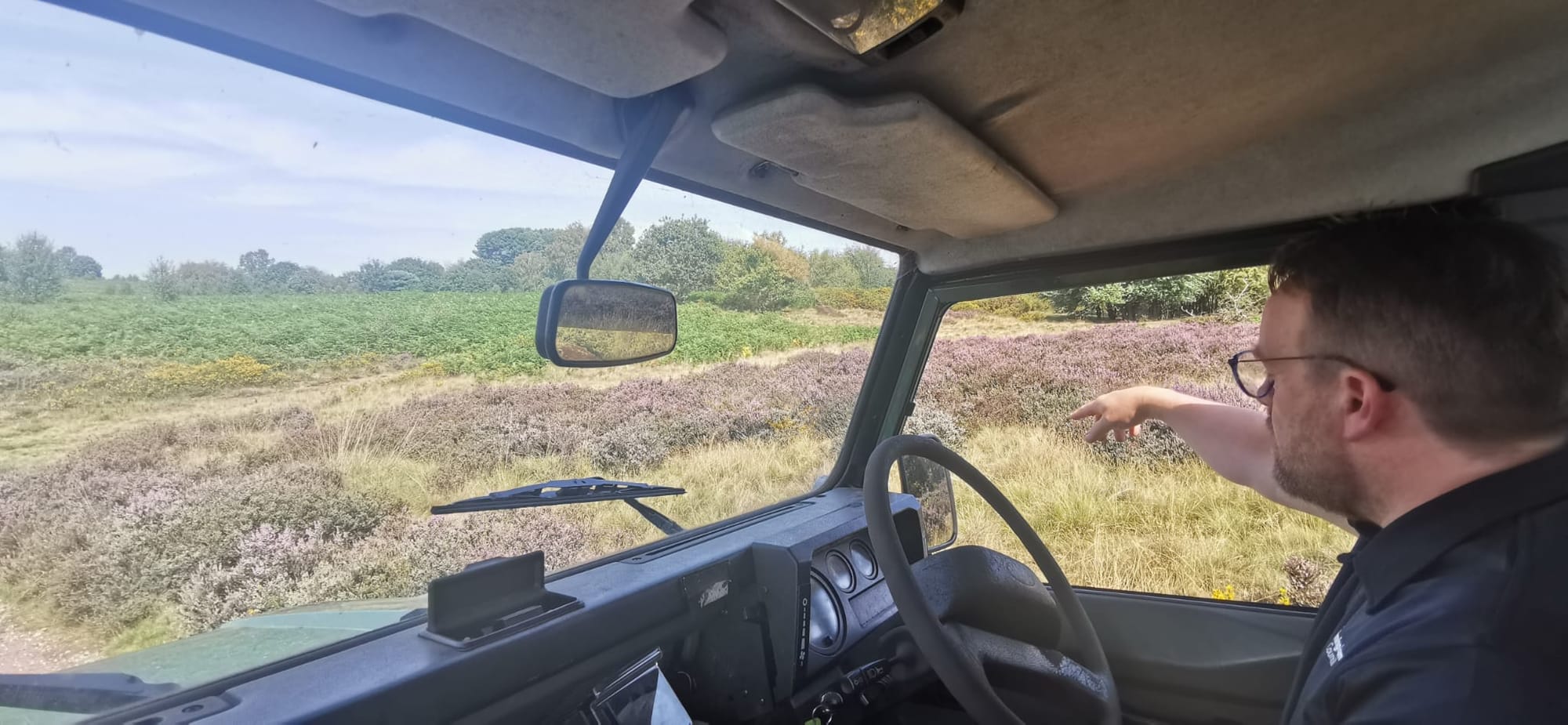
Although not all its visitors get such a hands-on tour, Sutton Park has long been for everyone. In 1528, Bishop Vesey persuaded Henry VIII to grant Sutton Coldfield a town charter, enabling him to enclose some of its adjoining hunting grounds for the use of local inhabitants, becoming Sutton Park. Over the years, inhabitants have fought to keep it in local hands. Now, two million annually use the space, listed both by Historic England and as a Site of Special Scientific Interest. But parks in contemporary Birmingham — and the wider UK — are not without their pressures: municipal cuts to maintenance budgets, near-constant animal pandemic risks, I learn, and the challenge of managing such a popular space. And then there are general safety issues: just one month ago, a boy tragically drowned in one of the park’s pools; at the same time, a ‘life-risking’ fire cut through Sutton Park.
I want to know about the challenge of managing this land and the people who enjoy it. Which is why I find myself bouncing along in Squire’s jeep on this punishingly hot August afternoon.
From the outset, Squire makes it clear that a management plan is crucial in reducing risks. Indeed, the parkland might appear rugged but the area has been managed for thousands of years. But successful management, I’m told, begins with an understanding that there will always be elements outside of your control. He points to historical DDT usage at the park, and the great fire of 1976 as still having an impact now: the blaze led to 50% of the park burning, grazing being banned and then birch seedlings taking hold, resulting in woodland that appears as though it's always been there.
Even Sutton Park’s more urbanised area (car parks, café, visitor centre, signage) around the well-used Town Gate entrance — “as close to being a piece of captured countryside as you can get” —, which exists to keep visitors away from the most sensitive areas, can result in unintended consequences. Feeding the ducks for one, he adds, is good for families introducing kids to animals but can complicate avian flu risks.
This isn’t to say Squire is prissy about the great and good traipsing through the land he works in. There’s a friendly hello or snippet of trivia for every sunbather, biker or hiker we come across. And he proudly tells me how Sutton has hosted a variety of visitor events throughout the centuries: a centre for impoverished children to visit in Victorian times, circuses from that era, a Scout jamboree, even BBC Radio 1’s Big Weekend. “We work [hard] to ensure that green space usage across the [north of the city] is increased,” he says, telling me later about his hopes for a big quincentennial celebration in 2028.
Like nature, Squire has a balanced way of looking at things. He’s even-handed to a fault; speaking about the park’s 2004 lido closure, for example, he highlights that it lowered the chlorine leakage threat — good — but removed the type of managed aquatic space many in Birmingham cry out for — not so good.
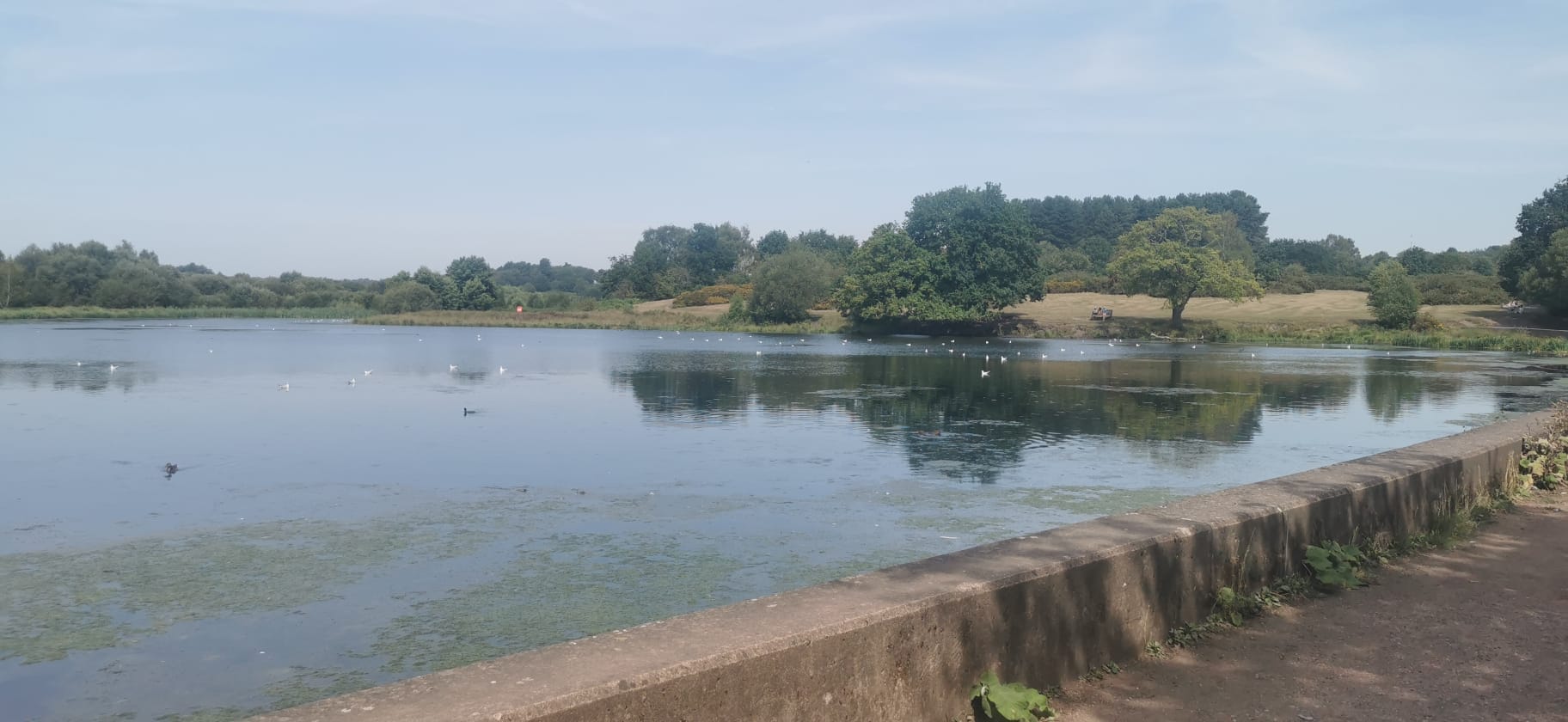
He has a similar view on the 2022 Commonwealth Games. Sutton’s triathlon hosting sparked a multi-year logistical challenge, not least on how to make the open water of the park’s pools — which grazing cattle drink and defecate in,– hygienic for swimmers. But money from the games allowed for a boost in financial resources; the rangers used funds to improve park accessibility, carry out essential woodland maintenance and install electric chargers in car parks to encourage sustainable vehicles.
Such funding is getting rarer. A “beg, borrow and steal,” approach is required, Squire says, although park rangers remain determined to “create solutions for ourselves” wherever possible. “We’re not hippies trying to not spend but it comes with our territory that we do as much as we can with as little as we can”. His team only numbers seven; they get help from community volunteer organisation, Friends of Sutton Park.
Chatting in the jeep, overlooking the one-time-competition pool, I bring up the July drowning of 16-year-old Daniel Drewitt. The teenager died after entering Powell's Pool, one of seven man-made bodies of open water in Sutton Park. There’s a ‘no swim’ policy enacted on all of them, and Squire tells me it’s broadly effective. Drewitt’s death was the first in 20 years. But Squire worries there might be more who are willing to take the risk; there’s less access to pools in the city, and his small team are not on site 24 hours a day. “We don’t have access to supervision [staff],” he says. But he knows that many will continue to swim where they can, especially in increasingly hot weather. “And there’s a very good wellbeing reason for that.”
There’s similar realistic circumspection around fires. We drive past a recent patch of burnt out gorse and heather. When living, these flora offer a carpet of prickly yellow and vibrant purple. Squire says whatever fire took hold here likely came from a BBQ, perhaps enabled by wind on the day. “Of course, most people don’t barbecue, but some do for cultural reasons or they miss signs… we can’t allow it or it becomes habitualised.” But being pragmatic about the impact of hotter, drier weather in the summer months, there's ongoing work to create fire breaks in the park’s treelines. “Look,” says Squire, pointing at the ground. “Green shoots coming back already… in five years it’ll be back completely”. .
I wonder if Squire’s time spent in nature has inculcated in him a ‘c’est la vie’ attitude. We talk council cuts (“park rangers are probably best placed to deal with this,” he chuckles. “We’re used to small resources”) the washed out but well attended Scout jamboree of 1957 (“a deluge”) to the deep history of the land changed by human hand many times (railways, hunting grounds, car racing and pastures). We spend some time parked up near the Exmoor ponies introduced to the site in 1999. He knows some by name — “that’s Stardust,” he says of one of the squat, shiny-coated herd members — as well as their individual health complaints. There’s one who might not make it through winter. It’s not callousness — Squire clearly adores this animal — but the words of someone grounded in environmental cycles.
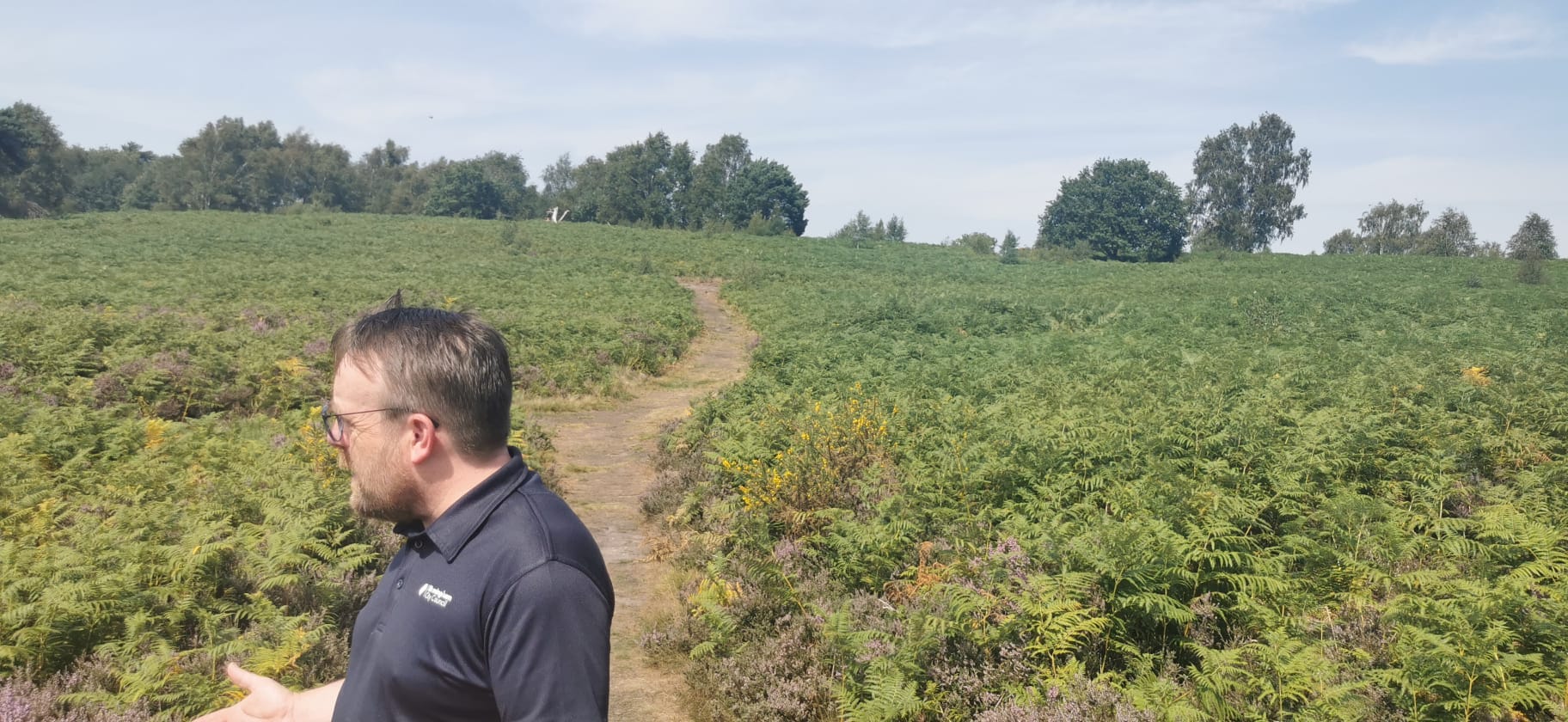
Squire talks about tempering ambition with realism, too. He would love to turn an old mill area, now used for ranger vehicle storage, into a water-powered mill, a woodland education centre and something to create sustainable bio-char (“we didn’t even know we could do that until 10 years ago”) but for now these are dreams, rather than viable projects. Instead, they’re currently focusing on constructing sustainable hedges from holly to protect specific archaeological sites in the park; the shrub is cleared from the site as it’s a threat to other plant life but it makes a great protective boundary it turns out.
Sutton is no mere unbothered utopia. Politics has always surrounded the park. In the 16th century, some grumbled the wardens were self-interested. There were also complaints about the park’s timber production. In the present, some would love to see the park under local control again; it was rolled into Birmingham City Council jurisdiction in 1974. After our drive, I walk through the town centre and see local MP Andrew Mitchell’s office is plastered with a negative response to the car park consultation the park is currently undergoing. “We have to do our job regardless,” is all Squire will say.
But deep in the park, despite the pressures of keeping people, animals and plant life safe, it can feel like the unrelenting political landscape is far away. On our drive, Squire and I stop for a while in Sutton’s Longmoor Valley, an endless sea of bracken, bilberry and heather. Traffic but a distant hum, birdsong much closer. Squire stares at a kestrel out ahead, swifts dancing around it. “I can have a hard morning, difficult emails,” he says. “But then you come out here.” I look around. I know what he means.
To my untrained eye, Sutton appears untamed. But humans have a constant hand here, good and bad. And Squire tells me there’s no halcyon age to return to: we have to manage the park with what resources we have, for future generations. To me, he’s the platonic ideal of the capable man, the Iggulden’s Book for Dangerous Boys was meant to create: interested, informed, affable, and useful. As such, I am glad he’s now stewarding the area towards its next era.
I would bet the Neolithic people who foraged here, the monarchs who hunted in its woods and the Victorians who flocked here for leisurely days out, would feel similarly. Squire says he’s pretty happy to be in the here and now, serving the people of Birmingham, thanks very much. “I’m not chasing deer for nobles,” he laughs.


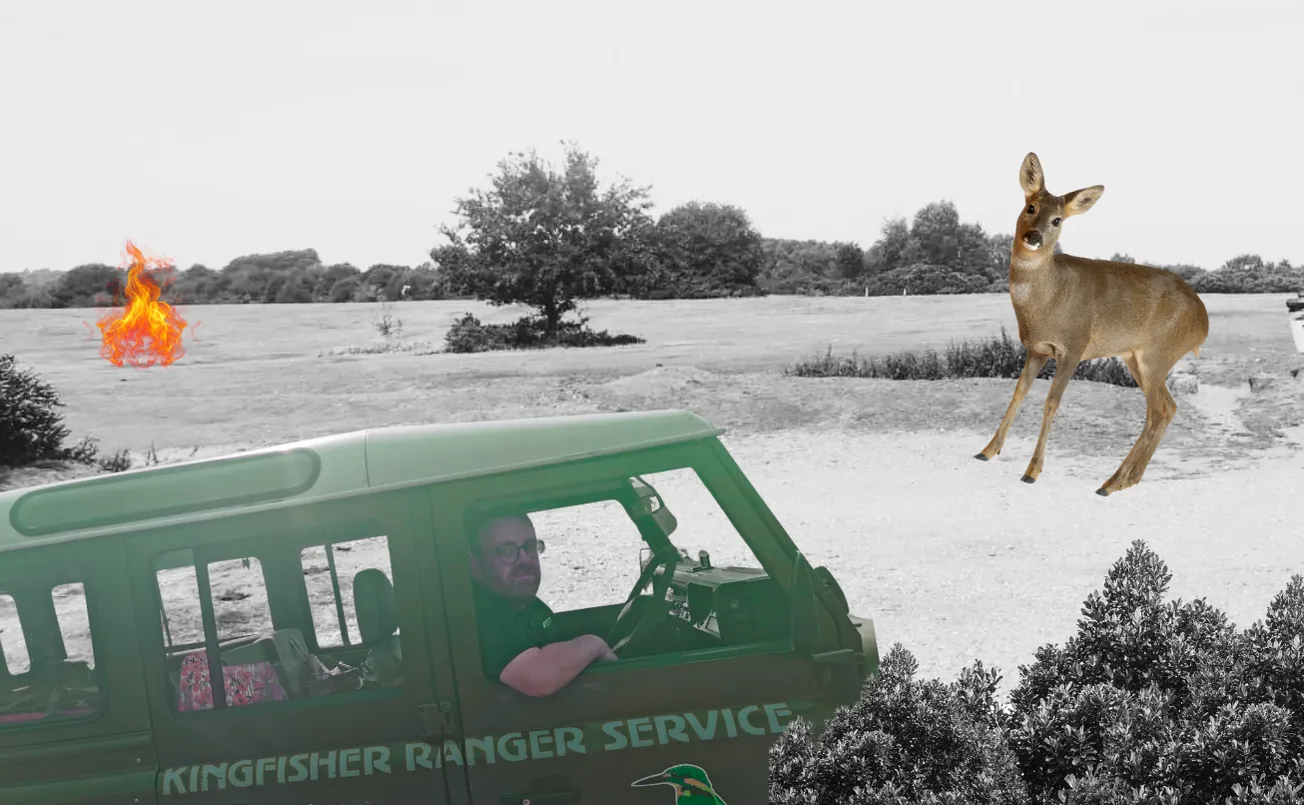
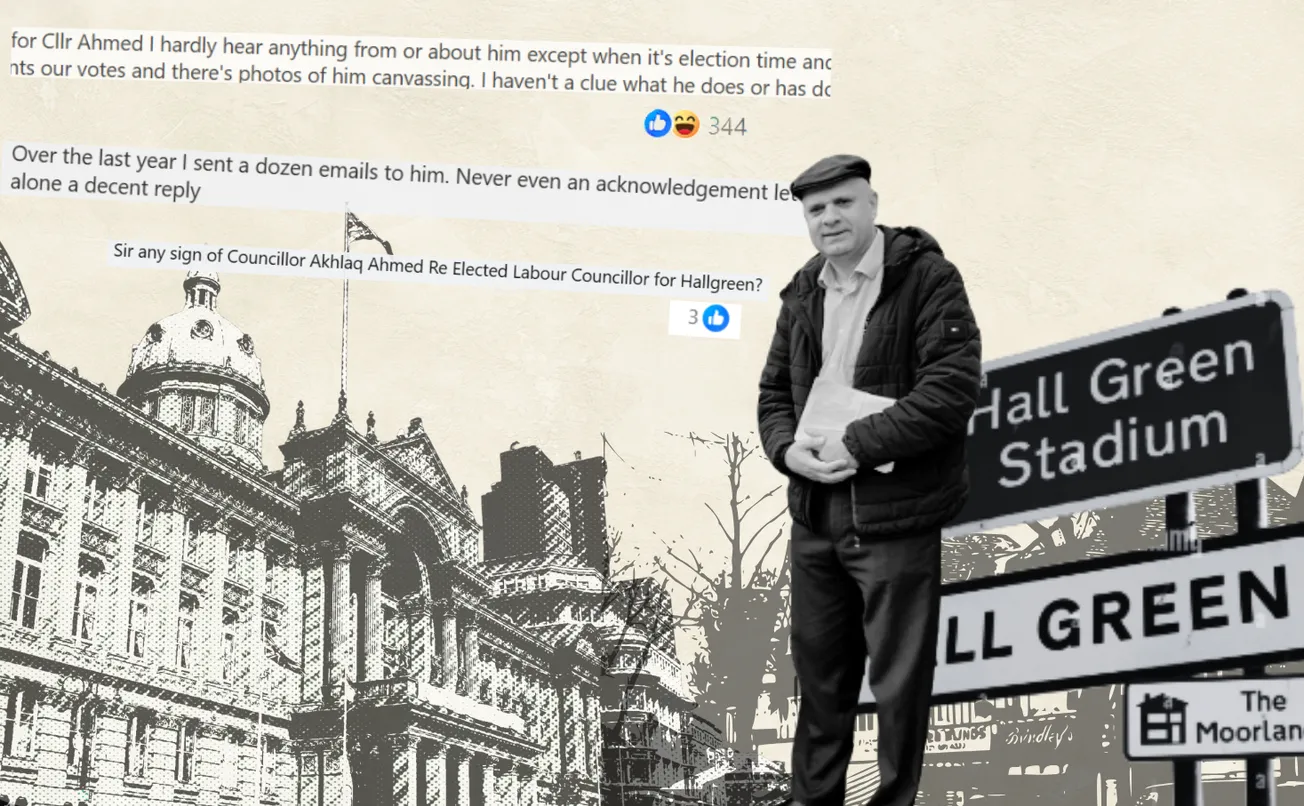
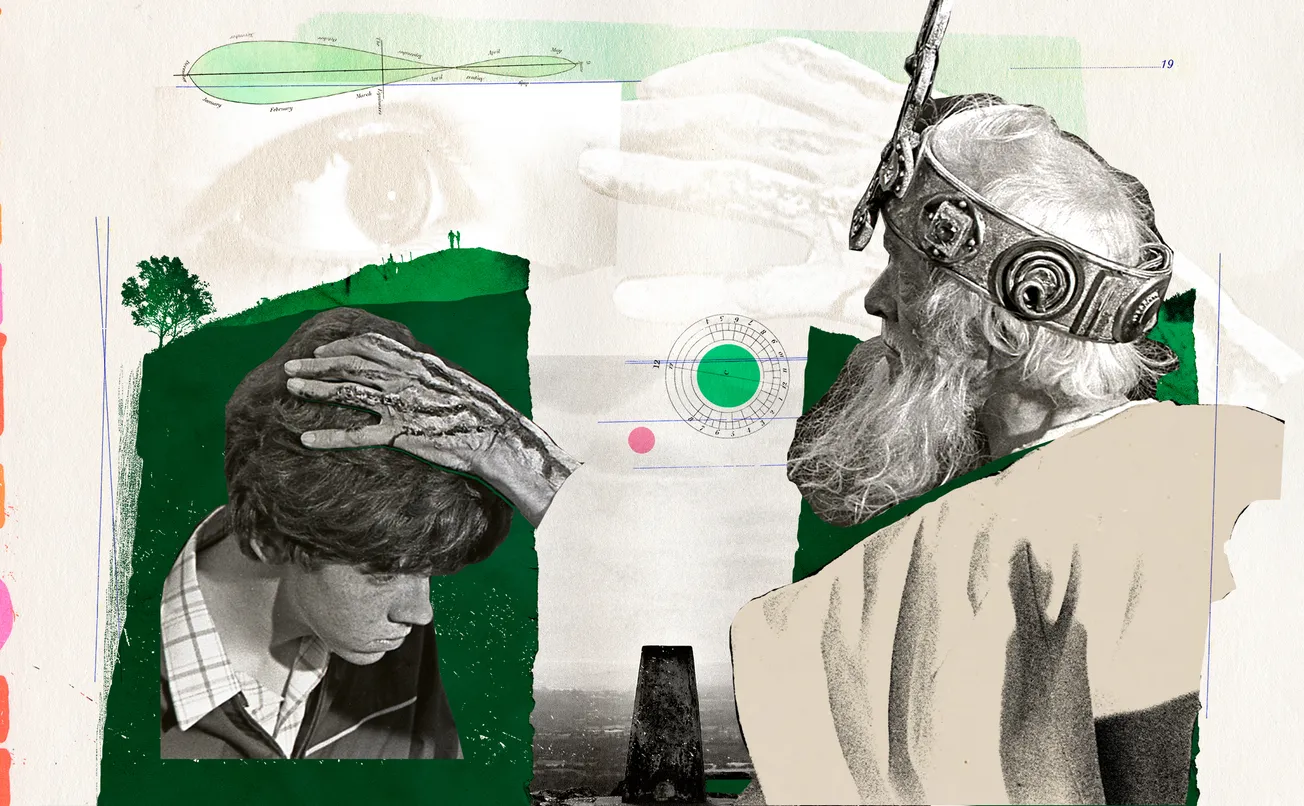



Comments